FEEDING FOR BREEDING – PREGNANCY DIABETES OCCURS IN HORSES TOO!
nown as ‘gestational diabetes’ or GDM, pregnancy diabetes affects between 4 and 12% of women. An equivalent condition occurs in mares and increases their risk of pregnancy-associated laminitis. In both us and horses, the condition is associated with changes in blood glucose and insulin.

 Dog
Dog 




 Cat
Cat 



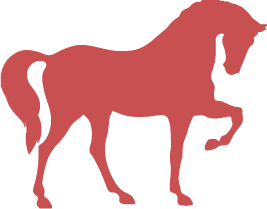 Horse
Horse 





 Chook/Bird
Chook/Bird 


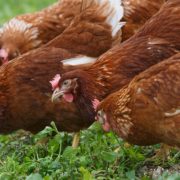

 Small Animal
Small Animal 



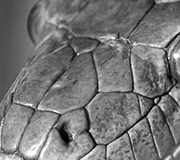
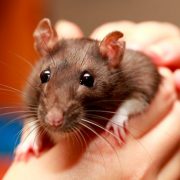
 Farm/Garden
Farm/Garden 
